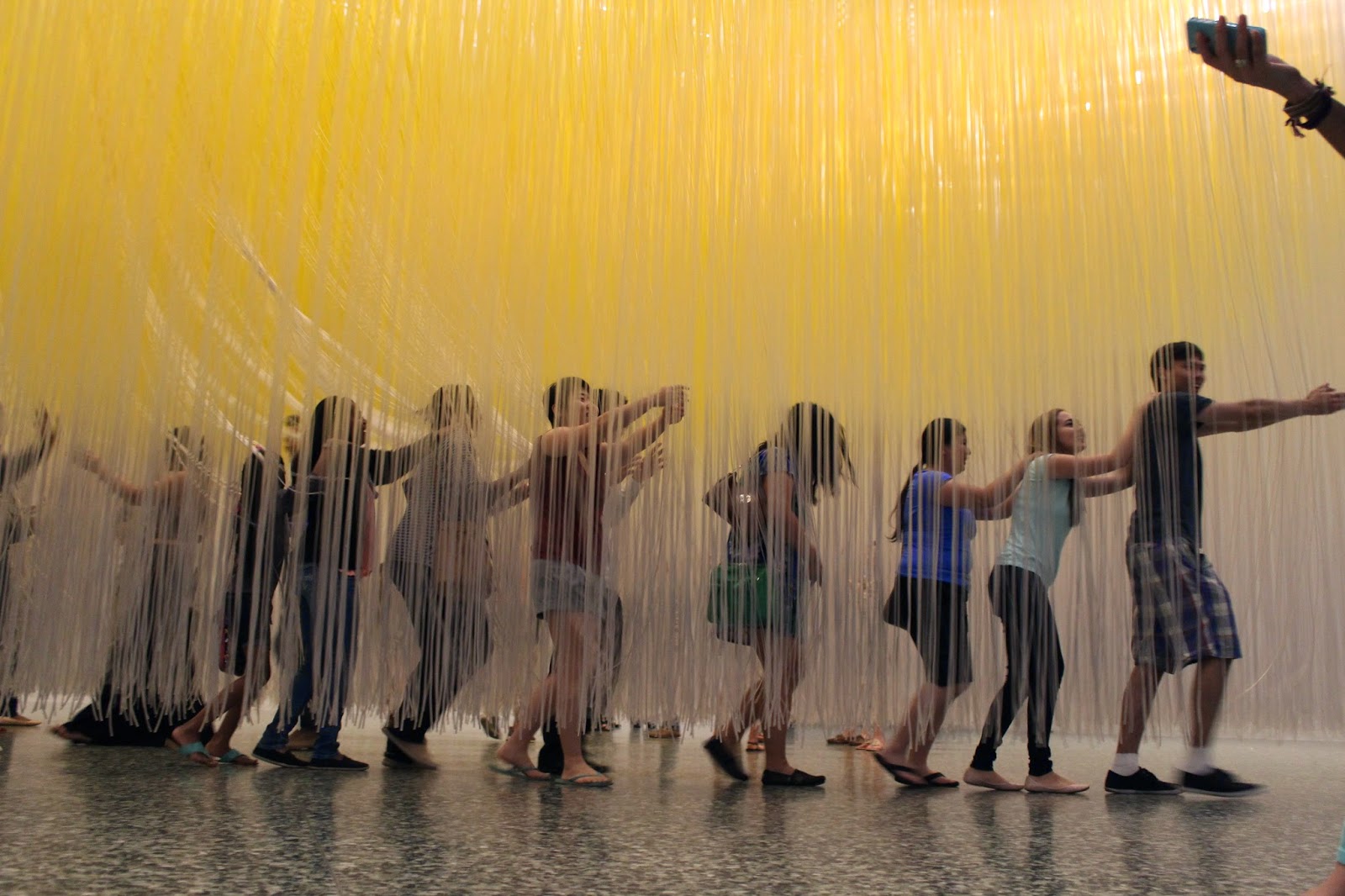Jan
Risher is an author, freelance journalist and popular columnist for the
Lafayette Advertiser in Lafayette, Louisiana. She’s also a transplant from
southern Mississippi and loves to share her crazy state with readers. Crazy
with deep affection, mind you, since no one in south Louisiana can throw crazy
stones.
This
past week she shared stories and images from the Neshoba County Fair, which
happens every summer about 25 miles from where Risher grew up. The annual event
is more like a party, Risher explained, where people from the area come home and stay at "cabins" owned by residents. Camping, a few hotels and the Dancing Rabbit Casino are some accommodations available for tourists.
 |
| Photos by Neshoba County Fair |
“And
basically, it's a giant reunion,” she said. “If you're from Neshoba County, you
go home for that week and stay at the fair. If your parents are from Neshoba
County that week, you go and stay at the fair.”
Like
most county fairs, there is plenty to do, including over at the racetrack.
“For
the record, it is ridiculously hot
there and people stay for the week, relaxing, watching horse cart races, riding
rides, looking at the pickles and jam that won various contests and enjoying
nightly performances (usually concerts),” Risher posted on Facebook. “This
happens every afternoon when they open the racetrack for seating for that
evening's concert.”
 |
| Of course there's a pageant! |
When
she posted, that night's show was the Miss Neshoba County contest.”
The
real fun, however, happens pre-show. When they open the area for lawn chairs at
the afternoon and evening events, things get a little crazy — and we mean Deep
South crazy. Participants wanting a good seat — and hauling their own lawn
chairs — race to the best spot. It’s so funny, there are numerous videos on
YouTube documenting this craziness.
“The
chair races are simply an afternoon ritual of Mississippians entertaining (and
hurting) themselves to get the best seats for the nightly show,” Risher explained.
Want
to see what the chair races looks like? Here’s a clip.
 |
| Chair races at the Neshoba fair. |
According
to Risher, cabins get all lit up and decorated
for the event.
“Years
and years ago, National Geographic did a story on the Neshoba County Fair,” she
said. “It's changed since then — for one thing, people have a lot more access
to twinkly lights!”
Just
don’t forget it’s still Mississippi in July.
“Those lights don't fool me,” Risher said. “I know how hot the fair is.”
“Those lights don't fool me,” Risher said. “I know how hot the fair is.”

















